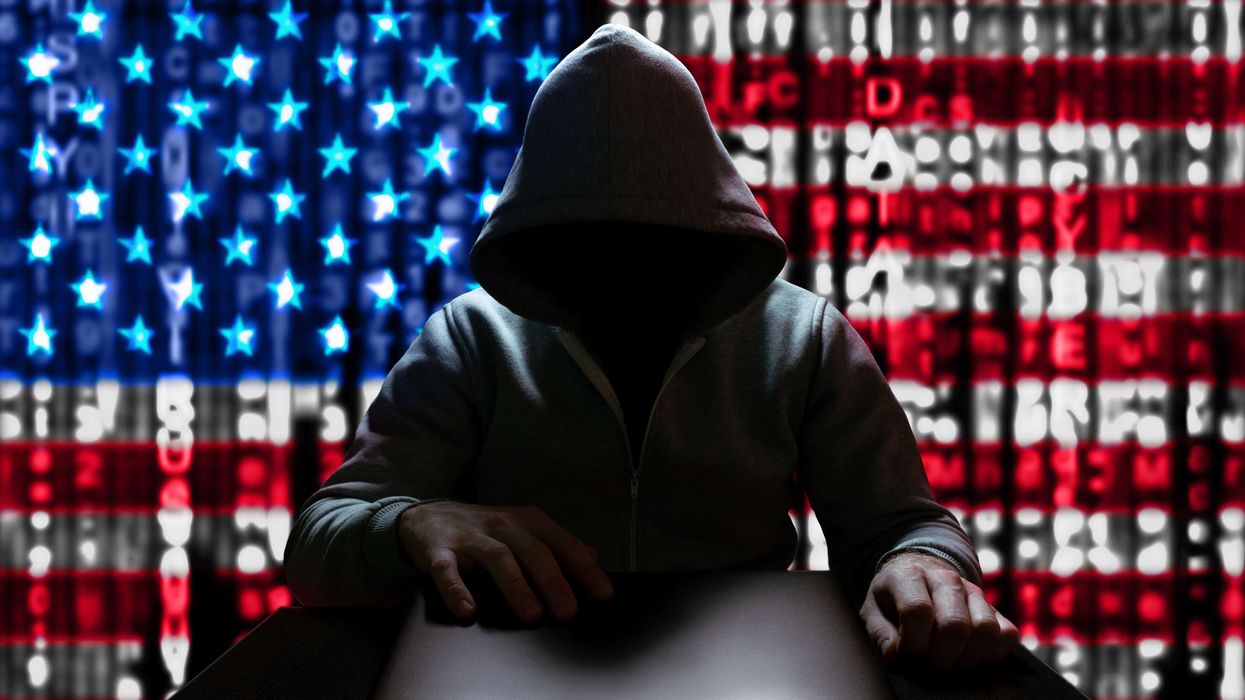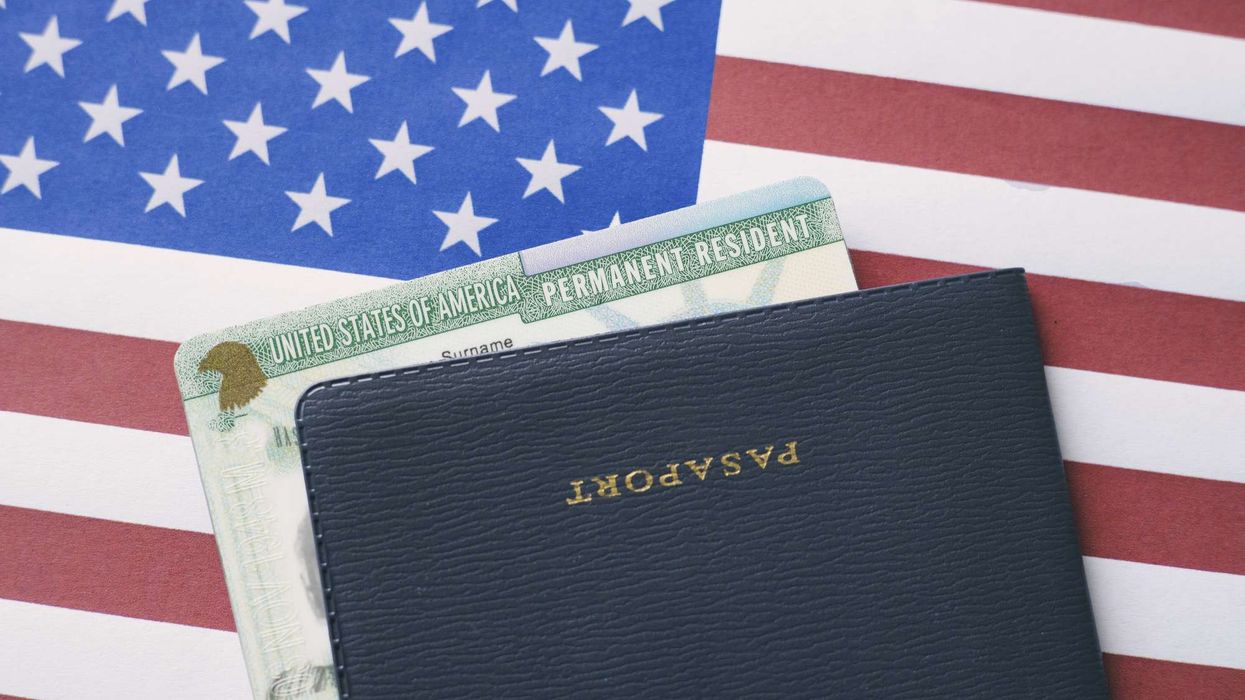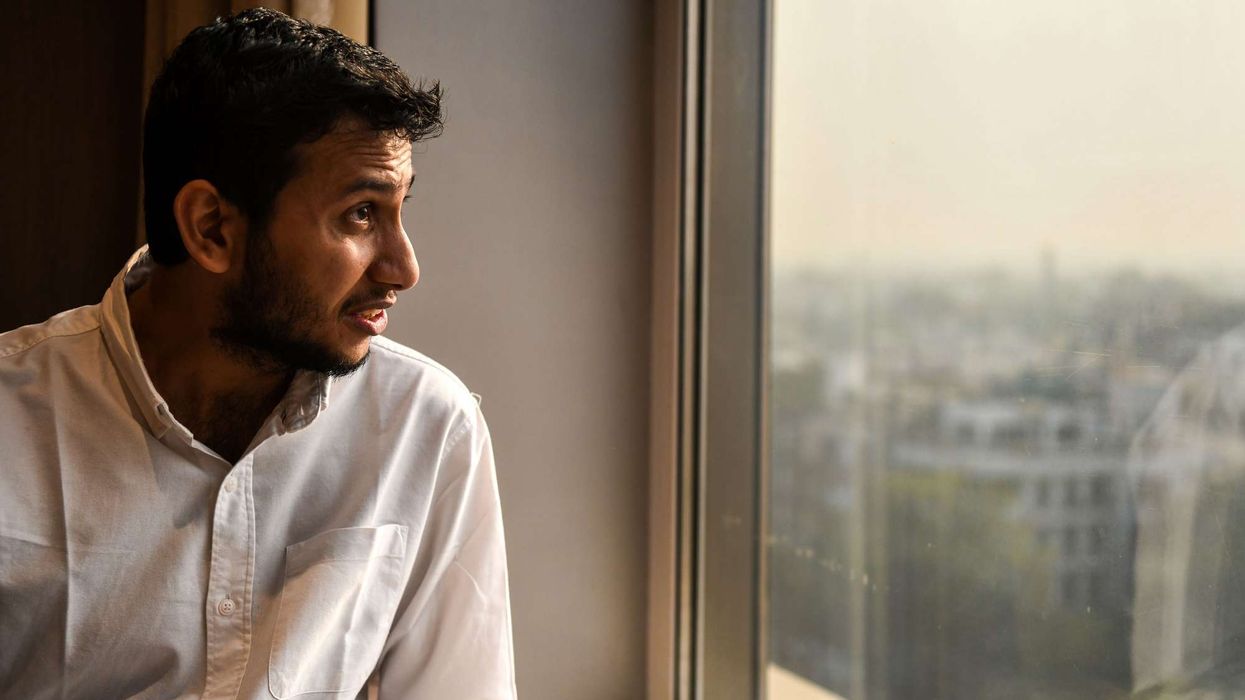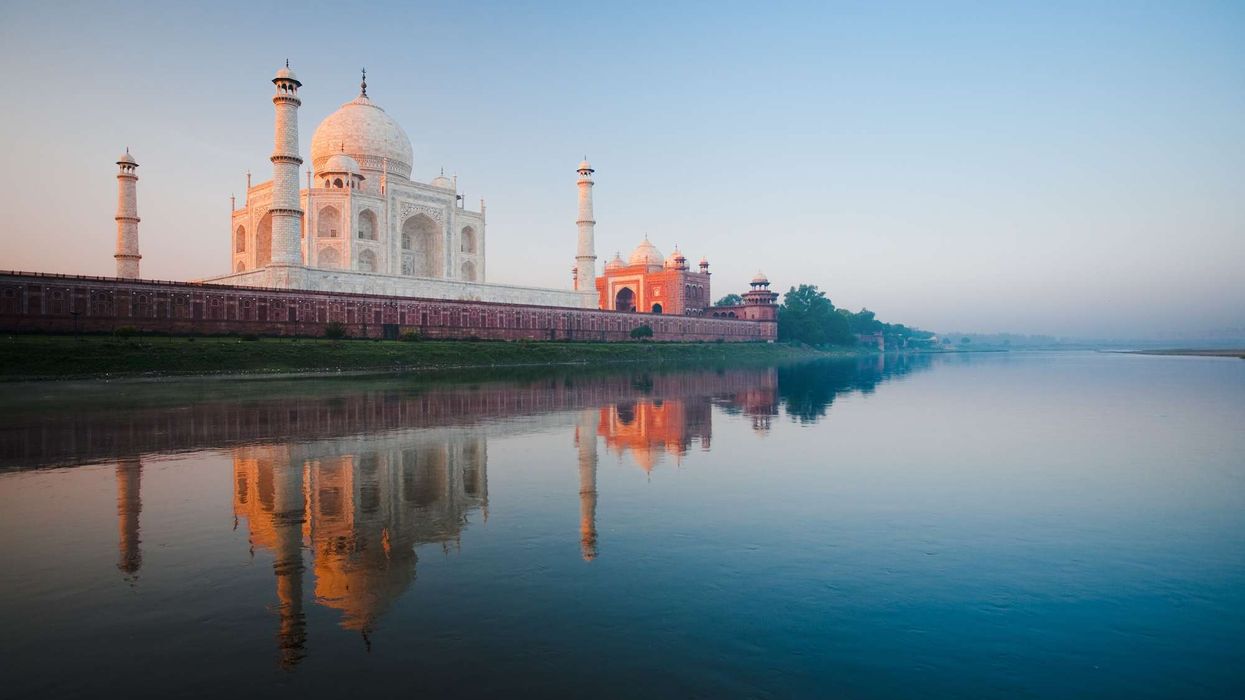THE U.S, CHINA and India drove 60 percent of the growth in tourism emissions from 2009 to 2019, according to Nature Communications. By 2019, they accounted for 39 percent of global tourism emissions.
The research, based on data from 175 governments between 2009 and 2020, found that 20 countries drive nearly all global tourism emissions, with efforts to curb the trend proving ineffective. The emissions are generated by airplanes and vehicles used for travel to tourist destinations along with power consumption by travelers.
Around 20 countries generate 75 percent of global tourism emissions, while 155 countries share the remaining 25 percent, the study found. There is now a hundredfold gap in per-capita tourism footprints between the most and least traveled nations.
In 2019, the U.S. led the top 20 in tourism carbon footprint, both as a destination and through its citizens' travel, accounting for nearly 1 gigatonne or 19 percent of the global total. The footprint grew at an annual rate of 3.2 percent. The U.S. tourism carbon footprint averaged 3 tonnes per resident, ranking 12th globally in per-capita tourism emissions.
The London-based Nature Communications reported that the UK ranked 7th in 2019 as a destination, contributing 128 megatonnes of emissions or 2.5 percent of the global total. UK residents averaged 2.8 tonnes of emissions per person, ranking 15th globally.
The study, using the UN-endorsed "measurement of sustainable tourism" framework and data on tourism expenditure and emissions intensity from national accounts, referenced the UN Environment Programme’s warning: global emissions must drop 42 percent by 2030 and 57 percent by 2035 to meet the Paris Agreement's 1.5 degrees C warming target.
However, global tourism emissions have been growing at twice the rate of the global economy, the report said. Between 2009 and 2019, emissions rose by 40 percent, from 3.7 gigatonnes or 7.3 percent of global emissions in 2009 to 5.2 gigatonnes or 8.8 percent of global emissions in 2019.
Tourism-related emissions grew at an annual rate of 3.5 percent from 2009 to 2019, compared to 1.5 percent annual global economic growth. If this trend continues, global tourism emissions will double in the next 20 years. The carbon intensity of each dollar spent on tourism is 30 percent higher than the global economy average and four times greater than the service sector.
The main driver of rising emissions is the surge in tourism demand. The expanding carbon footprint is primarily from aviation at 21 percent, petrol and diesel-powered vehicles at 17 percent and utilities like electricity supply at 16 percent. Slow efficiency gains from technology have been outweighed by the growth in demand.
Aviation accounted for half of direct tourism emissions, making it the Achilles' heel of global tourism. Despite decades of promises, decarbonizing the global air transport system through new technologies has proven impossible.
The research revealed that the growth in tourism demand, combined with the failure of technology efficiency gains, creates significant barriers to mitigating tourism carbon emissions. Despite this, the study identified four pathways to stabilizing and reducing global tourism emissions:
- Measure tourism carbon emissions to identify hotspots: The research highlights high-emission sub-sectors, including aviation, energy supply and vehicle use, which must reduce emissions by 10 percent annually through 2050.
- Avoid excessive tourism development and set sustainable growth thresholds: National decarbonization strategies must establish and implement sustainable growth goals, especially in the 20 highest-emitting tourism destinations.
- Shift focus to domestic and short-range markets and discourage long-haul travel: Managing air travel demand is key, with regulations to limit long-haul travel as a crucial first step.
- Address inequality by factoring in the social costs of carbon emissions: Controlling long-haul air travel growth supports a more socially equitable approach to tourism, addressing global inequalities.
UN Tourism endorsed the study, acknowledging that tourism now accounts for 8.8 percent of global emissions. For the first time, this year’s COP29, the 29th annual Conference of the Parties to the UN Framework Convention on Climate Change, included tourism.
A recent UN Tourism report stated that international tourism reached 98 percent of pre-pandemic levels in 2019, with 1.1 billion tourists traveling in the first nine months of 2024. The Americas recovered 97 percent of pre-pandemic arrivals.













